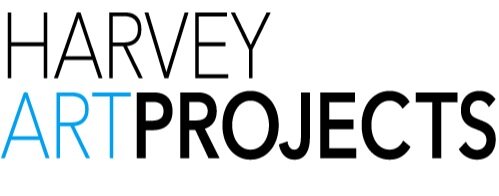ERNABELLA ARTS (APY LANDS)
Ernabella Arts is Australia’s oldest Indigenous art center. It has been operating continuously since 1948. For the first twenty eight years artists worked almost exclusively with wool, spinning and weaving it, and making hand-pulled floor rugs incorporating their own unique walka (designs). The company logo shows the traditional wooden spindle, used by the people for millennia before European contact, and still used today when adapting their skills for Western mediums and production items such as the highly prized Ernabella mukata (beanies).
From the beginning artists were introduced to high quality materials and tools, and shown how to use them effectively. All creative developments in every medium have been entirely the artists’ own choices, stimulated from time to time by workshops offered by visiting professionals.
Painting begun at the outset, chiefly on art paper with gouache colors, and these distinctive jewel-like cards are now collectors’ pieces.
Woolen work became less economical to produce by the late 1960s and the artists were introduced to batik as a fabric decoration technique. Batik quickly became a signature art form for Ernabella. Artists also used the batik design medium for hand-tufted rugs and carpets commissioned through Korda Brothers Sydney, and fabricated in China by Tai Ping International. The State Library of South Australia commissioned three “monumental” rugs from Ernabella.
Batik (lost wax) technique is also used to decorate a range of ceramic pieces made in the Ernabella ceramic studio which began in 2003.
Young men from the community are fully employed in every step of the ceramic production process, from unloading the raw clay to packing up finished work for sale and exhibition, and every step in between.
Painting styles went through radical developments from 2002 and Ernabella painting now encompasses subjects drawn from Tjukurpa (the eternal Creation stories); mai putitja (bush food stories) and elements of the early and unique anapalyaku walka (Ernabella style). Limited edition prints on paper, working with master printer Basil Hall, are another increasingly important art form.
Artists also enjoy working with a variety of bush materials, including tjanpi (spinifex grass) to make baskets and large sculptural pieces; tatu, wayanu and ininti: gumnuts and various seeds which are made into bush jewellery and “art on a string”; and punu: carved wooden traditional tools, and birds, animals and reptiles which are decorated with a distinctive poker work design.
Ernabella Artists are held in all Australian state and national collections, and in many overseas private and public collections including Edinburgh City Gallery, the British Museum and Australia House, London.
PANTJITI LIONEL, TJARIYA STANLEY & TUPPY GOODWIN










